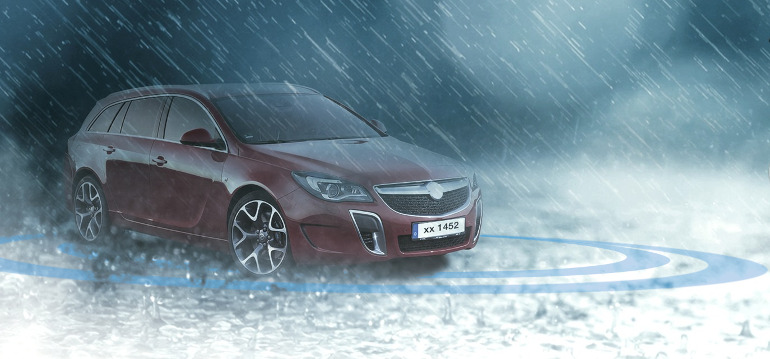From invention to launch, the manufacture of the modern car is an astonishingly complex technological endeavour. Thousands of intricate parts are involved, with up to 100 high-quality sensors deployed throughout the vehicle to meet evolving security, efficiency and environmental standards. Some of the most important are built into the engine to ensure that the owner can identify and prevent possible issues before they result in breakdowns and expensive repairs.
Engine sensors measure voltage, fuel temperature, oxygen levels and much more, ensuring that the vehicle is operating at peak efficiency. By 2030, half the cost of a car will be accounted for by its electronics, of which sensors with semiconductors will be a major part, says Deloitte. Consequently, these sensors will need to be protected to prevent increased breakdown.
Looking further down the road, once autonomous vehicles have become part of our everyday reality, sensor technology will be as utterly essential as the electricity in their batteries. AVs will require a multiplicity of sensors as part of a new approach to operation, maintenance and sustainability. Without camera, radar and lidar sensors, these vehicles are unable to function. Whatever the vehicle or its drive train, the problem remains that with many sensors necessarily exposed to the elements, something is bound to break, leak or need upgrading.
The failure of sensors brings multiple risks. The first is that it will result in damage to the car that will lead to the need for expensive repairs – and recent industry estimates indicate that some car parts can cost well over £1,000 to repair or replace. The second is that it will render the car unusable even if there is nothing mechanically wrong with the rest of the vehicle. Either eventuality is likely to cause brand damage. Failing sensors can also inflict significant environmental damage by causing an increase in emissions, alongside performance and drivability problems.
The level of impact sensor-failure has on brand image becomes even clearer when the likely impact on the motorist is considered. When an individual is alerted to a fault with their car by a sensor, they have two options: get it looked at or not. If the fault allows them to continue to drive and it is not convenient for them to go get the car checked out, they will keep using it without knowing what damage they are doing. Faulty sensors also raise stress levels. Consumers will either think repairs are going to be very expensive or worry about being stranded if their car breaks down on the road.
Promoting reliability and sustainability
Protection at sensor level is the best solution to the high cost of car repairs. Nano coatings are ideal as opposed to mechanical sealing or conformal coatings, which can degrade when exposed to heat or vibrations. Lasting protection can be provided using the latest nano coating technology that chemically bonds the coating onto the printed circuit board assembly (PCBA) to give outstanding thermal durability. This solution trumps mechanical seals, which add extra weight and require more space as well as lower the vehicle’s energy efficiency and prevent automotive innovation.
Practical solutions like liquid proof coatings can enable manufacturers to make sensors repairable so they no longer require replacement. This will increase vehicle reliability and ensure vehicles are sustainable and environmentally friendly – vital factors in the considerations of car-buyers.
For more information on how nano coating improves the protection and lifespan of products including sensor technology, contact one of our liquid protection experts today here.

